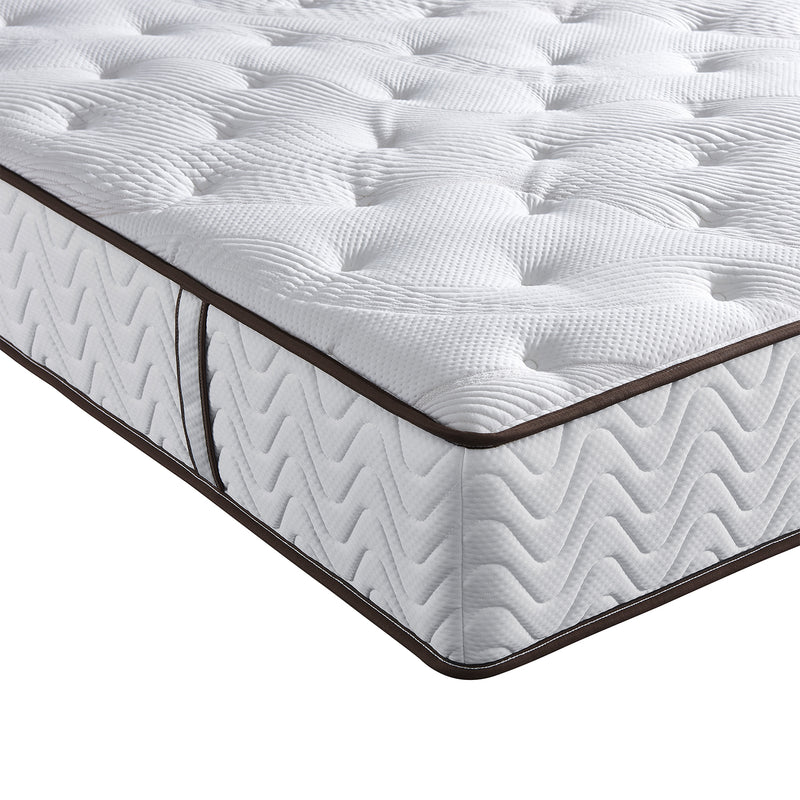In today's world, where allergies are increasingly common, hypoallergenic mattresses have emerged as a vital solution for many individuals seeking a better night's sleep. But what exactly makes these mattresses different, and how do they contribute to improved sleep quality?

Understanding Hypoallergenic Mattresses
Hypoallergenic mattresses are specifically designed to reduce the presence of allergens such as dust mites, mould, and pet dander. These mattresses are typically made from materials that are less likely to trigger allergic reactions. For instance, natural latex, memory foam, and organic cotton are popular choices due to their resistance to allergens.
Materials That Make a Difference
- Natural Latex: This material is not only durable but also naturally resistant to dust mites and mould.
- Memory Foam: Known for its contouring properties, memory foam also tends to repel allergens effectively.
- Organic Cotton: Free from harmful chemicals, organic cotton is a breathable option that helps maintain a clean sleeping environment.
How Hypoallergenic Mattresses Combat Allergens
One of the primary functions of hypoallergenic mattresses is to create a barrier against allergens. The materials used in these mattresses are often tightly woven or treated to prevent the accumulation of dust and other irritants. This is particularly beneficial for individuals with asthma or other respiratory issues.
Moreover, many hypoallergenic mattresses come with removable and washable covers. This feature allows for easy maintenance and ensures that allergens do not build up over time. Wouldn't it be comforting to know that your sleeping environment is as clean as possible?
Improving Sleep Quality
Beyond allergy relief, hypoallergenic mattresses can significantly enhance sleep quality. A clean and allergen-free mattress promotes better airflow and temperature regulation, which are crucial for a restful night. Additionally, the right mattress can alleviate pressure points, leading to improved comfort and support.
Choosing the Right Hypoallergenic Mattress
When selecting a hypoallergenic mattress, consider the following factors:
- Material: Opt for natural or organic materials that are known for their hypoallergenic properties.
- Certifications: Look for certifications such as CertiPUR-US or OEKO-TEX, which indicate that the mattress is free from harmful substances.
- Trial Period: Many manufacturers offer trial periods, allowing you to test the mattress before committing.
For those interested in exploring a variety of options, you can visit to find a selection of high-quality hypoallergenic mattresses tailored to your needs.
Conclusion
In conclusion, hypoallergenic mattresses offer a practical solution for those struggling with allergies while also enhancing overall sleep quality. By understanding the materials and features that contribute to their effectiveness, you can make an informed decision that leads to a healthier and more restful sleep environment. Remember, investing in a hypoallergenic mattress is not just about comfort; it’s about prioritising your health and well-being.








